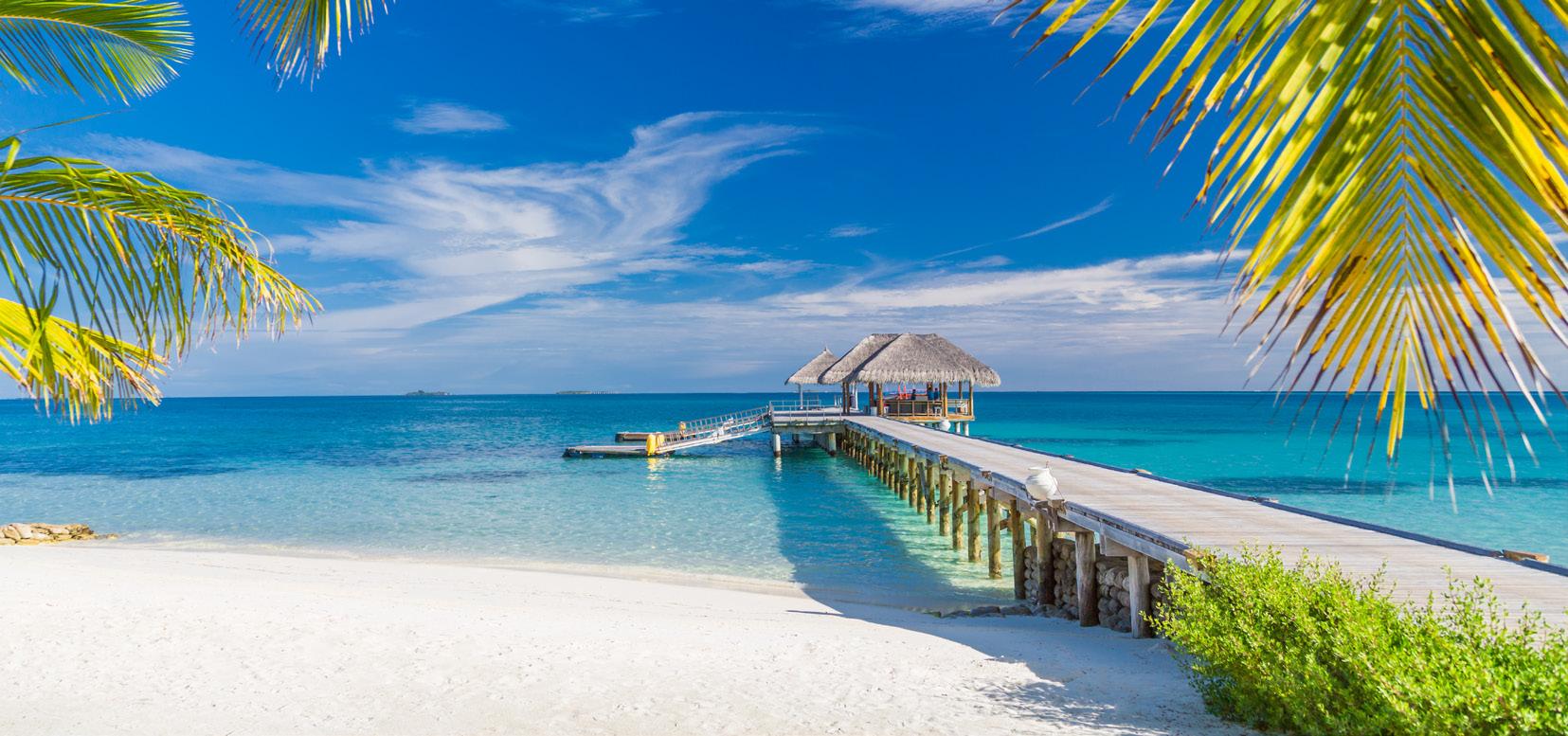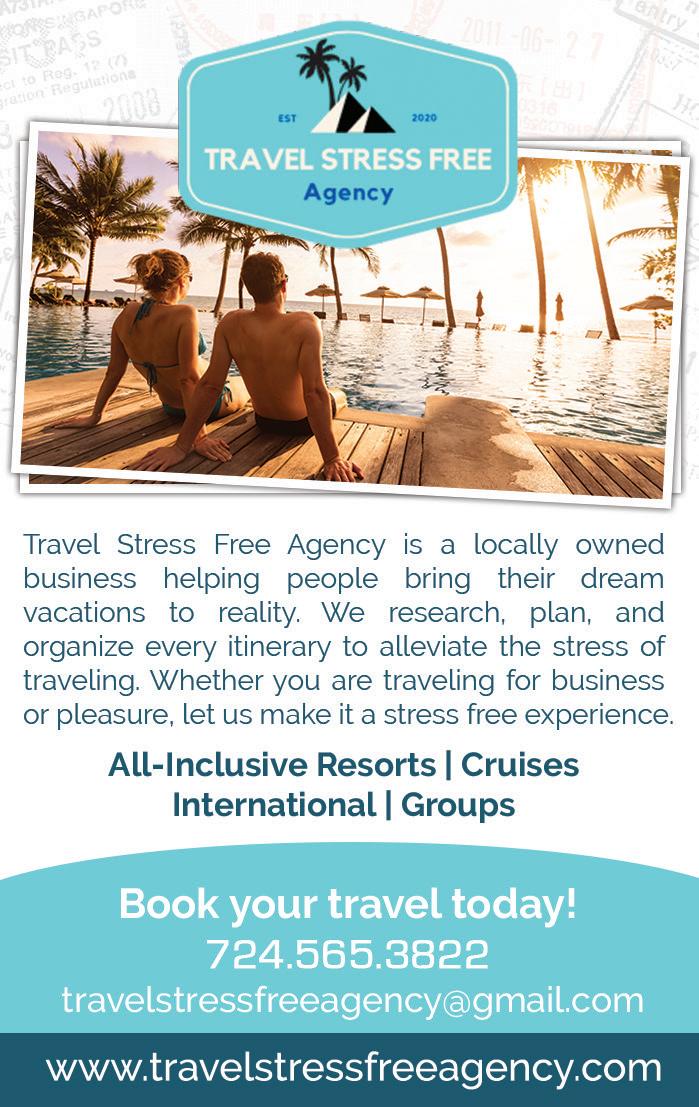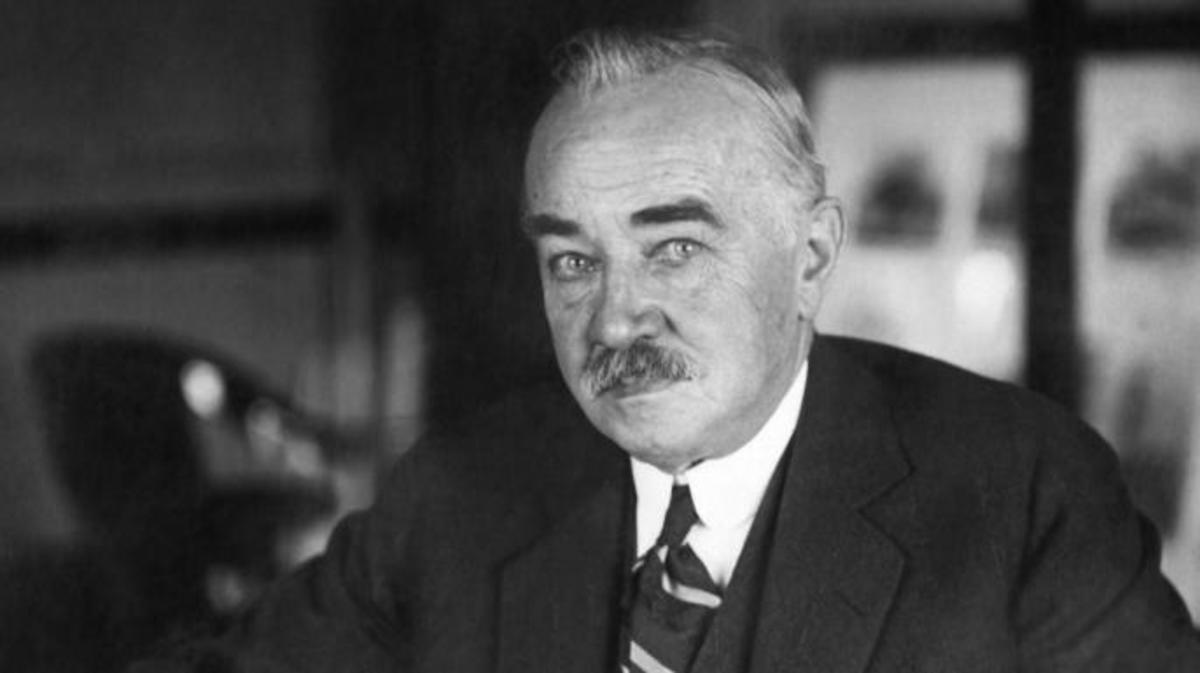
6 minute read
Travel & Leisure
Secret Charter Destinations
The Bahamas
Advertisement
The Bahamas are a staple on the charter yacht scene, but -wait? We’re talking about summer charters and the Bahamas are only good for winter charters, right?
Wrong. Not only are the Bahamas absolutely delightful in the summer, they’re also close enough to use for a long weekend getaway. Even better, the tourists are going elsewhere so you’ll find the streets quiet, restaurants with empty tables, and quiet anchorages.
While there are a multitude of cruising destinations from Nassau, you might want to think outside the box and meet your charter yacht at one of the outer islands. You can make the hop in a small aircraft and spend all the saved hours snorkeling.
Smaller yachts have the shallow draft needed to explore areas like the Abacos and you can find an ever-growing charter fleet of 70 to 90 footers that are now based in the Bahamas year-round rather than making the usual trek north to New England in the summer. Tips: If you’re in the Abacos, take a business card to stick on the wall of Miss Emily’s Blue Bee Bar on Green Turtle Cay. For great diving, don’t miss Exuma Cays Land and Sea Park off Staniel Cay.


PENNSYLVANIA’S GREATEST PHILANTHROPIST
Milton S. Hershey

Milton Hershey created one of America’s most beloved brands. He made milk chocolate a treat all Americans could afford, and in the process cooked up a great fortune. Hershey used his wealth to beautify his company’s hometown and to build a remarkable orphanage that would take poor boys, give them a good home and sturdy lessons in character, and teach them to make their way in the world. Hershey was born in Hockensville, Pennsylvania, in 1857. His parents had been raised as Reformed Mennonites, and young Hershey grew up among the devout, thrifty and hardworking Pennsylvania Dutch. But his father was a dreamer and a drinker, and his family suffered from neglect. Young Milton grew up shoeless and hungry. Eventually his parents separated. Later in life, when asked about his gifts to orphans, Hershey would remind people: “I was a poor boy myself once.” Hershey took his first job at age 14, apprenticing at a small, German-language newspaper in Lancaster. He hated the work and promptly got himself fired. Then he took a job at Joseph Royer’s Ice Cream Parlor, where he learned the basics of candy-making. By the time he was 25, he had launched two businesses, a cough-drop company and a candy company. Both failed. His third attempt, Lancaster Caramel, was vastly more successful. By the early 1890s, he had 700 employees and three processing plants. Everything changed in 1893. Hershey visited the World’s Columbian Exposition in Chicago, where he first laid eyes on the industrial equipment of J.M. Lehmann of Dresden, Germany. Lehmann had built a fullscale chocolate manufacturing plant, from roasting oven for the cocoa beans to forming presses for the molten chocolate. “The caramel business is a fad,” Hershey declared, and he paid $20,000 to buy every single piece of equipment that Lehmann had on display. When he left Chicago, the machinery went with him.
Hershey began making chocolate alongside caramel, all the while systematically experimenting with new recipes. By 1900, he was confident he had a winning product, and he sold the caramel business for one million dollars. With his new liquidity, he wanted to build a factory that could mass produce milk chocolate. Three years later, he broke ground near Derry Church, right in the middle of Pennsylvania dairy farming country. Hershey did not discover milk chocolate. What he discovered was how to make it affordable. He achieved this feat through gains from efficiency, populating his plant with the latest technology and designing the facility on the basis of Frederick W. Taylor’s principles of industrial efficiency. The result was a steep cut in the per-unit cost of producing milk chocolate. Before Hershey opened his production lines, it was a delicacy.
After Hershey, a milk chocolate bar could be enjoyed by anyone with a spare nickel. Success came instantly. In its first year of operations, the company netted one million dollars; five years later, with the introduction of the Hershey’s Kiss, profits topped two million dollars. As money poured in, Hershey worked to build a model city around his rural factory. He sponsored a nationwide contest to come up with a name for the town. (Entries included Ulikit, Etabit, Chocolate City, and St. Milton.) The winner was Hersheykoko, which the Post Office rejected as too commercial. So the town became Hershey, Pennsylvania. Hershey oversaw most every aspect of the town’s construction: tree-lined streets, handsome homes, extensive public transportation, and first-rate public schools. In 1907, he opened a park (today known as Hershey Park); in 1915 he built the nation’s largest free, private zoo. During the Great Depression he launched a massive building campaign, something like a privately funded New Deal program. More than 600 men worked to build the Hershey Hotel, as well as a community building, sports arena, community theater, and high school. As the Depression ground on, Hershey gave $20,000 to each of the town’s five churches in 1935, to help them relieve the suffering of their congregants. That same year, he established to M.S. Hershey Foundation, to support local educational and cultural charities. One of the foundation’s first projects was creating the Hershey Gardens, a major botanical garden completed in 1942. The foundation also built (and still manages) the Hershey Theater, the Hershey Community Archives, and a historical museum dedicated to the life and achievements of Milton Hershey. Hershey’s best known philanthropic accomplishment, however, was his orphanage. Originally located on his homestead, it surrounded Milton and Catherine Hershey with the children they were never able to have. In 1909, the Hersheys executed a tightly constructed deed of trust for the Hershey Industrial School. In November 1918, Hershey secretly placed all of his shares of the Hershey Chocolate Company into a trust whose sole purpose was to benefit the school. The stock was worth roughly sixty million dollars. By way of comparison, in 1918 Coca-Cola sold for twenty-five million. Although Hershey made his gift in 1918, he did not reveal it until a 1923 interview with the New York Times. “I am 66 years old and do not need much money,” Hershey said. “I have no heirs, so I have decided to make the orphan boys of the United States my heirs.” Hershey explained that the Industrial School would provide a thorough common school education, supplemented by instruction in the useful crafts – blacksmithing, farming, the rudiments of electrical work. His interviewer then asked about college preparation for the students. “We do not intend to turn out a race of professors,” Hershey replied, although he allowed that boys of “special promise” would be prepared for higher education. “The thing that a poor boy needs is knowledge of a trade, a way to make a living. We will provide him with groundwork. Of what use is Latin when a fellow has to hoe a patch or run a lathe?” Hershey was a constant presence at the school before his death in 1945. Since then, with an endowment worth over twelve billion dollars in 2017, the Milton Hershey School has become one of the wealthiest schools in the United States. To this day, it offers a superb boarding-school education to more than 1,800 elementary and secondary students, all from deeply troubled backgrounds. Indeed, the school has the happy problem of having far more money than it needs. In 1963, fifty million dollars (or 20 percent of its endowment) was diverted to create the Milton S. Hershey Medical Center in Hershey. Efforts in the late 1990s to divert more of the endowment were blocked by the courts. Hershey died with very little personal wealth, mostly his home and its furnishings. He had given away everything else during his lifetime. “I never could see,” he once observed, “what happiness a rich man gets from contemplating a life of acquisition only, with a cold and legal distribution of his wealth after he passes away.”





